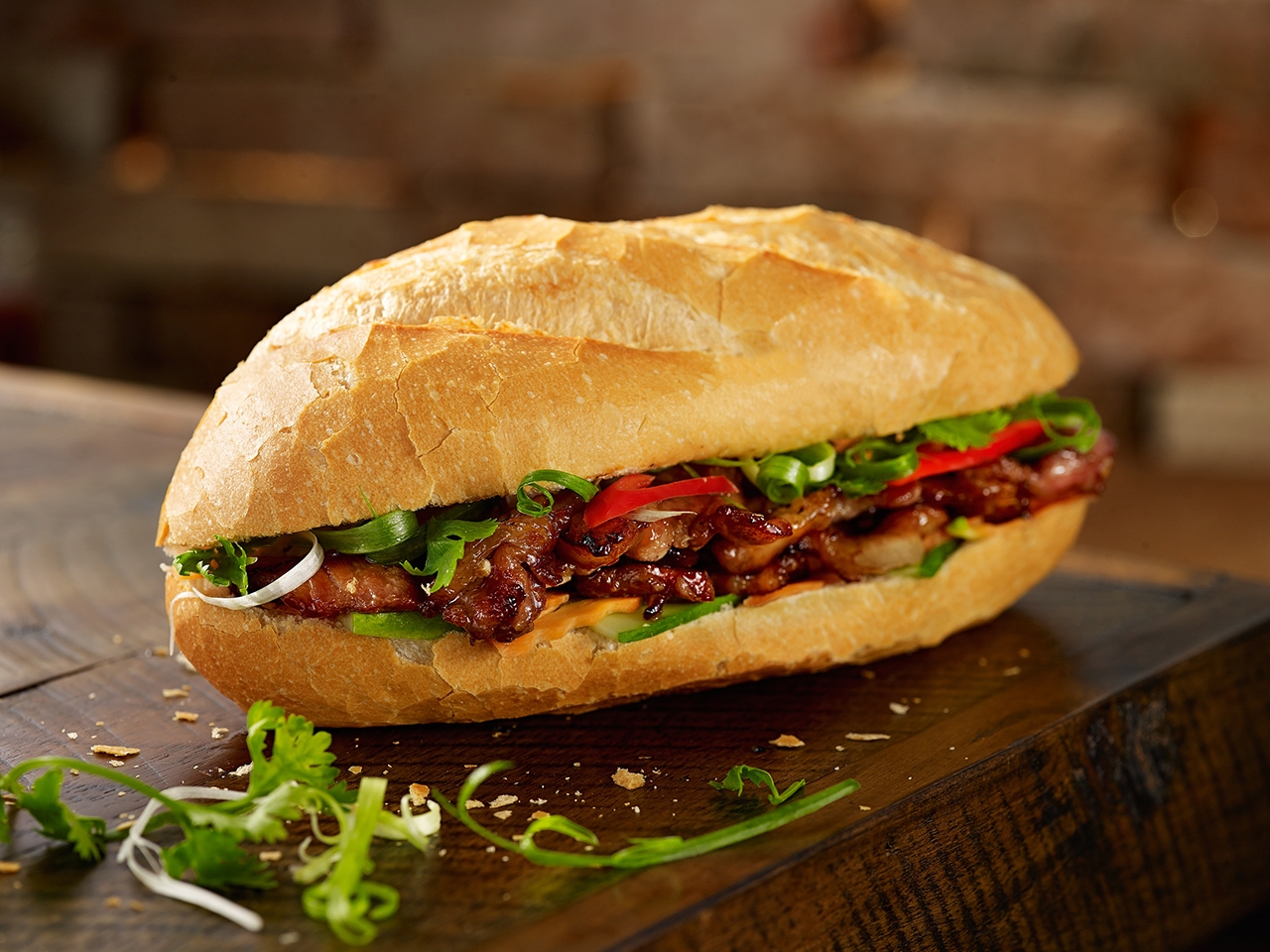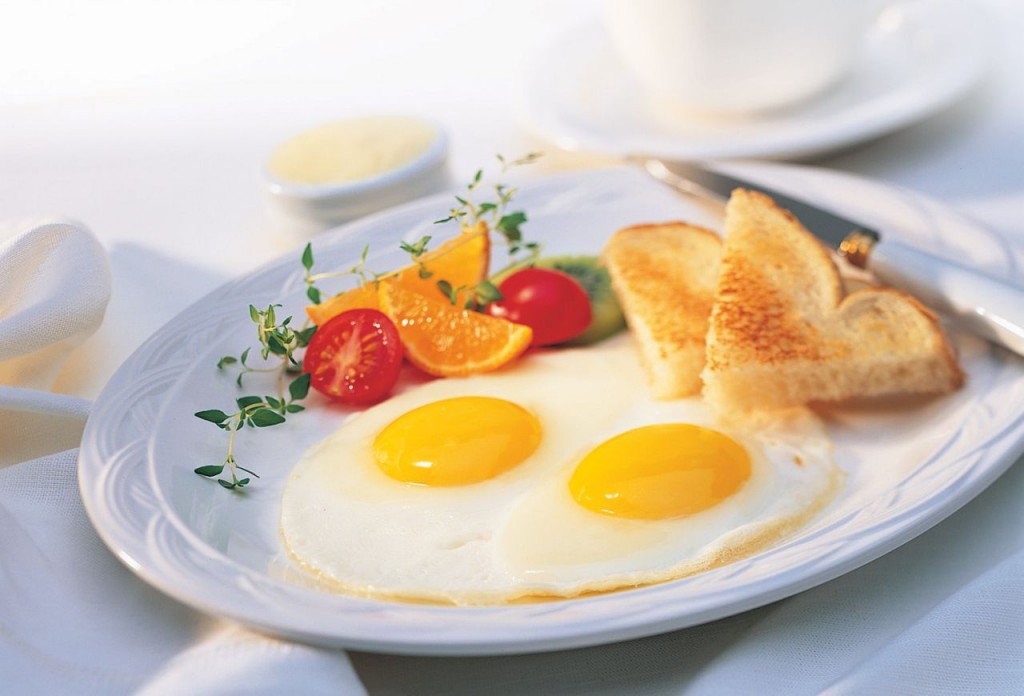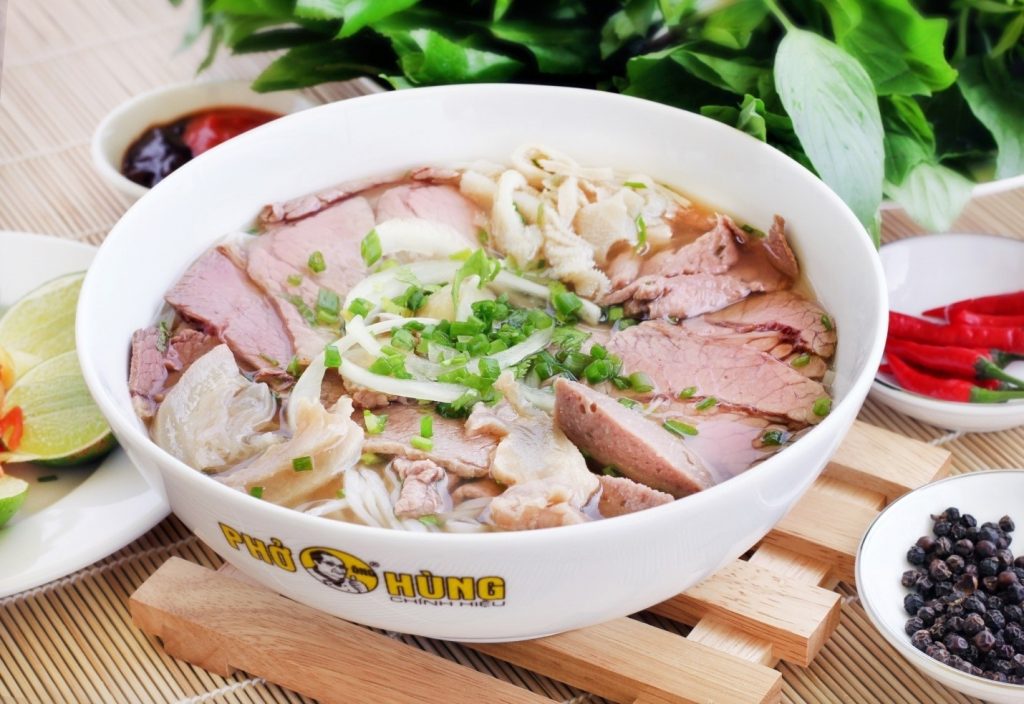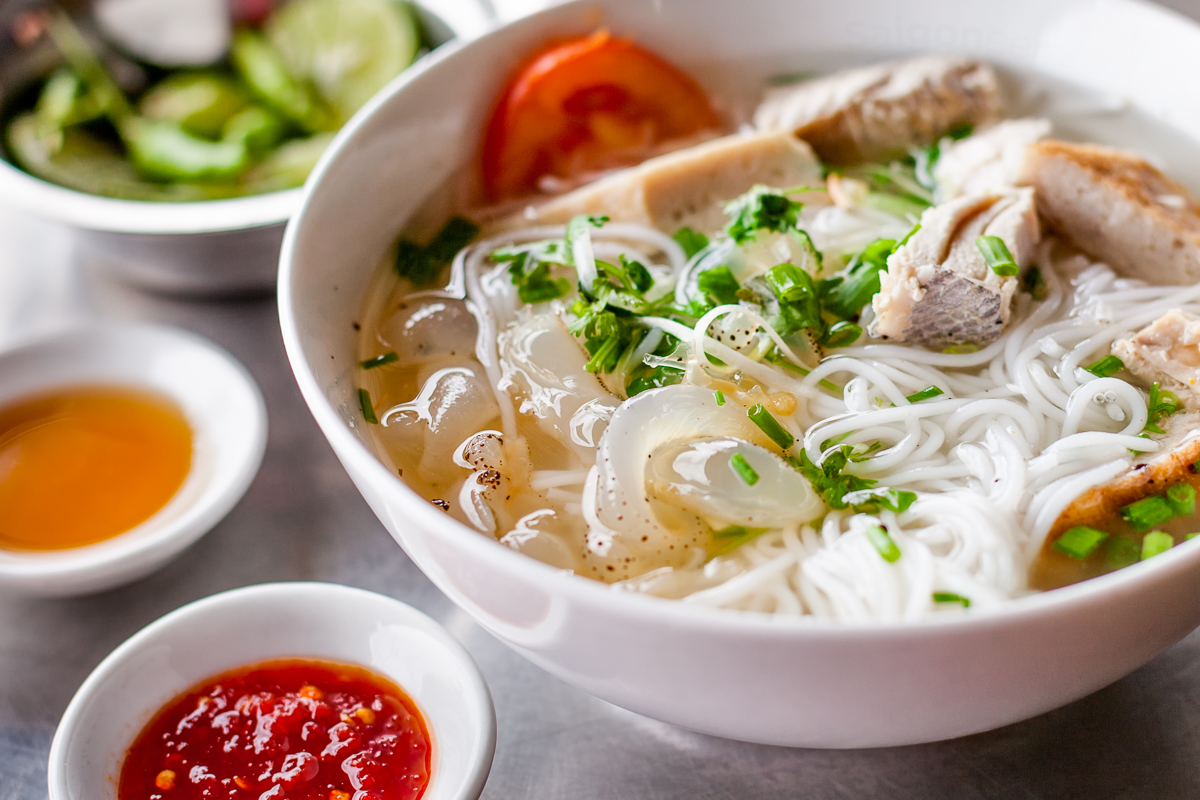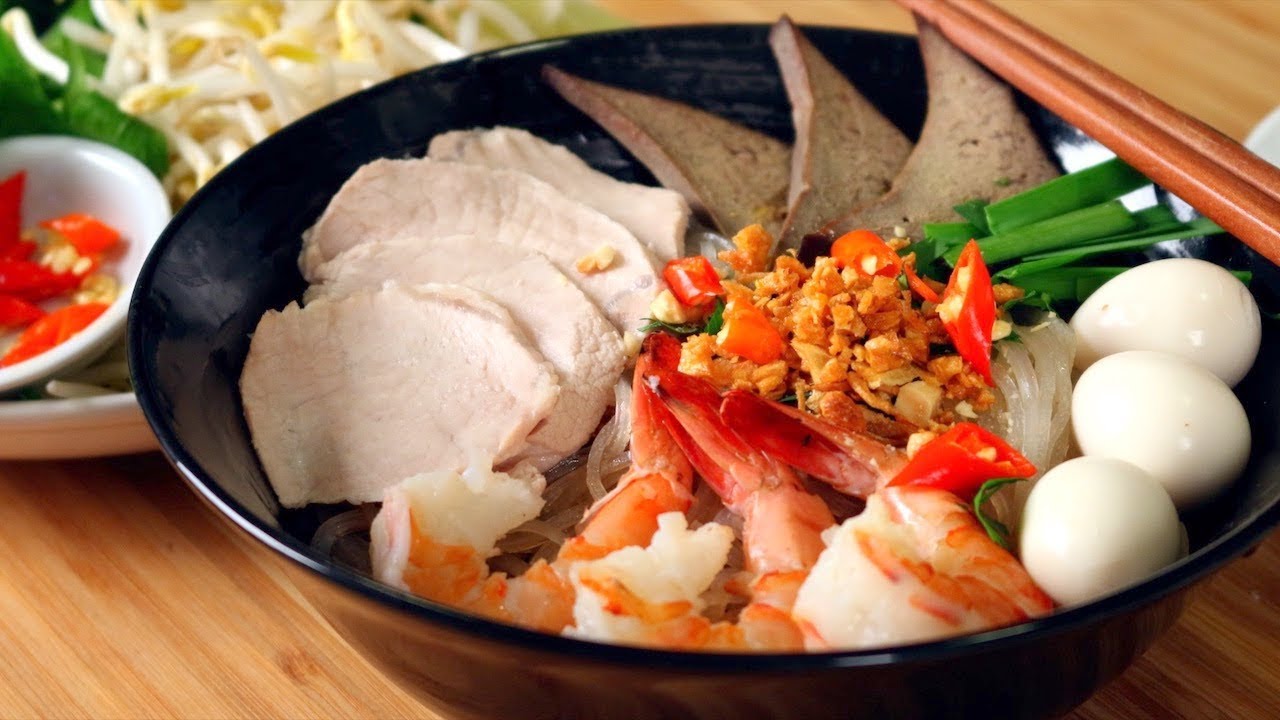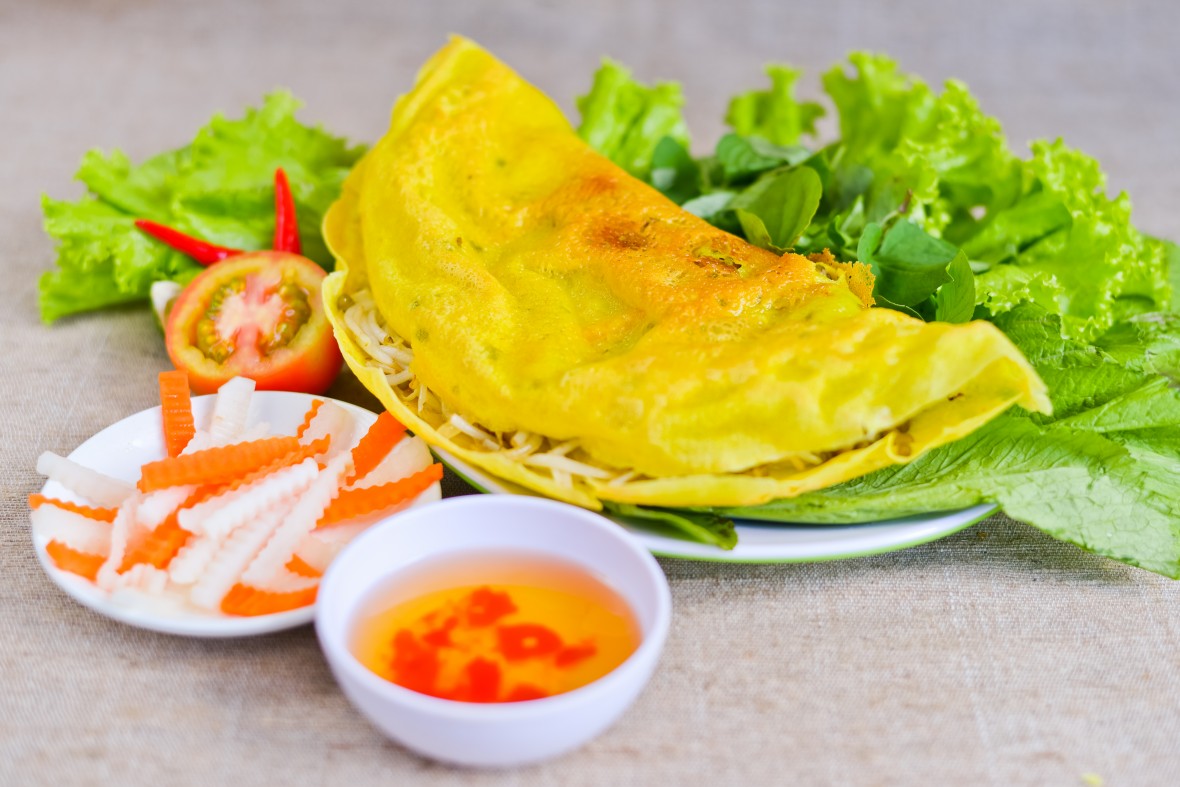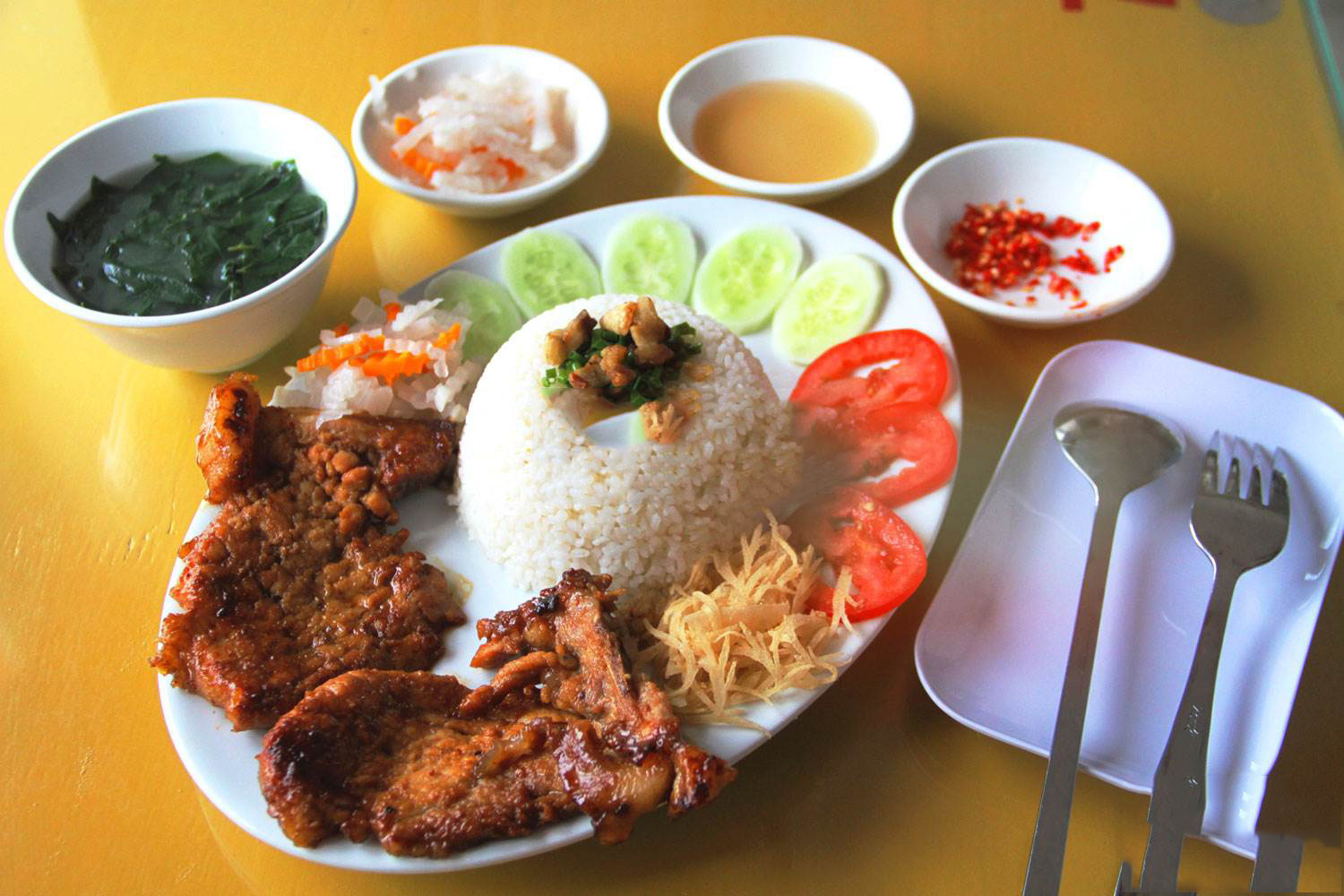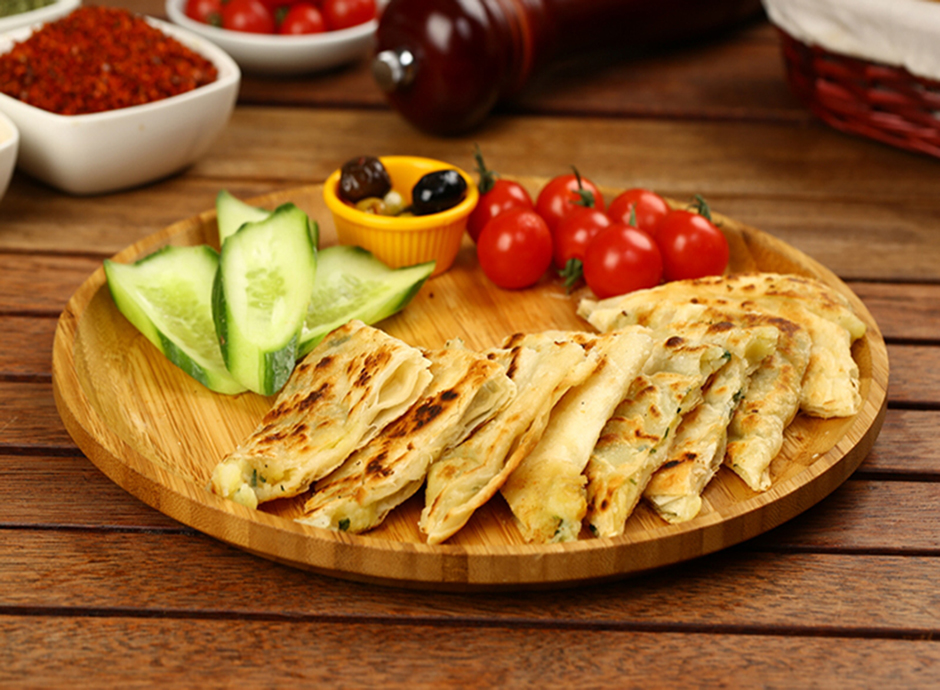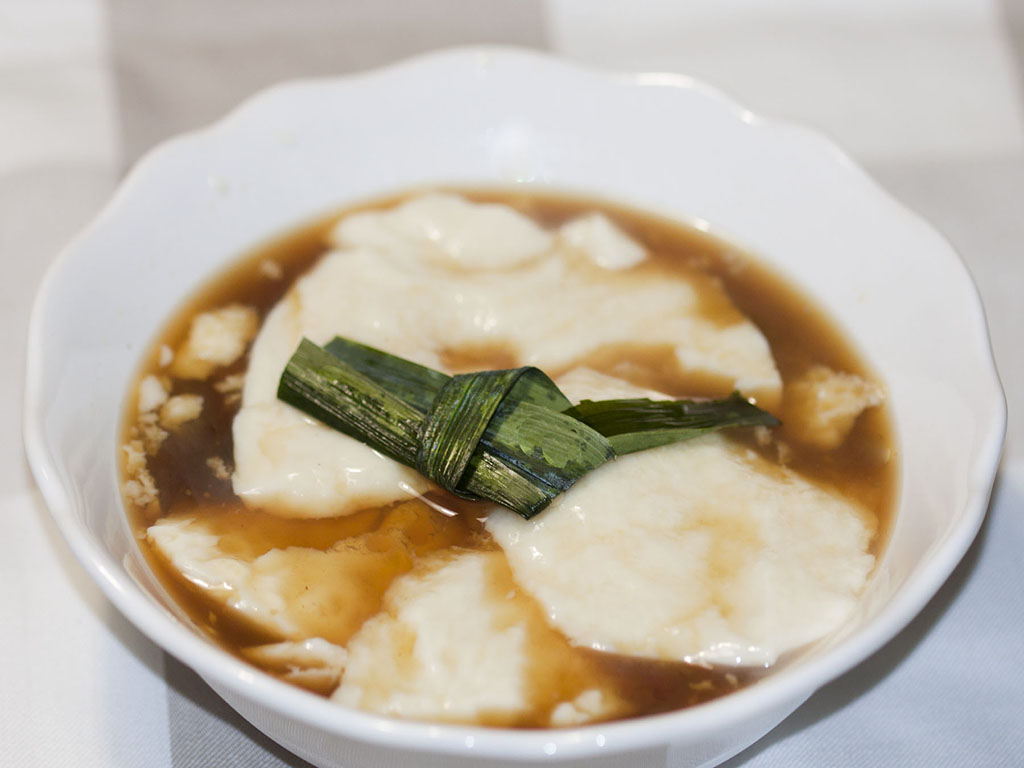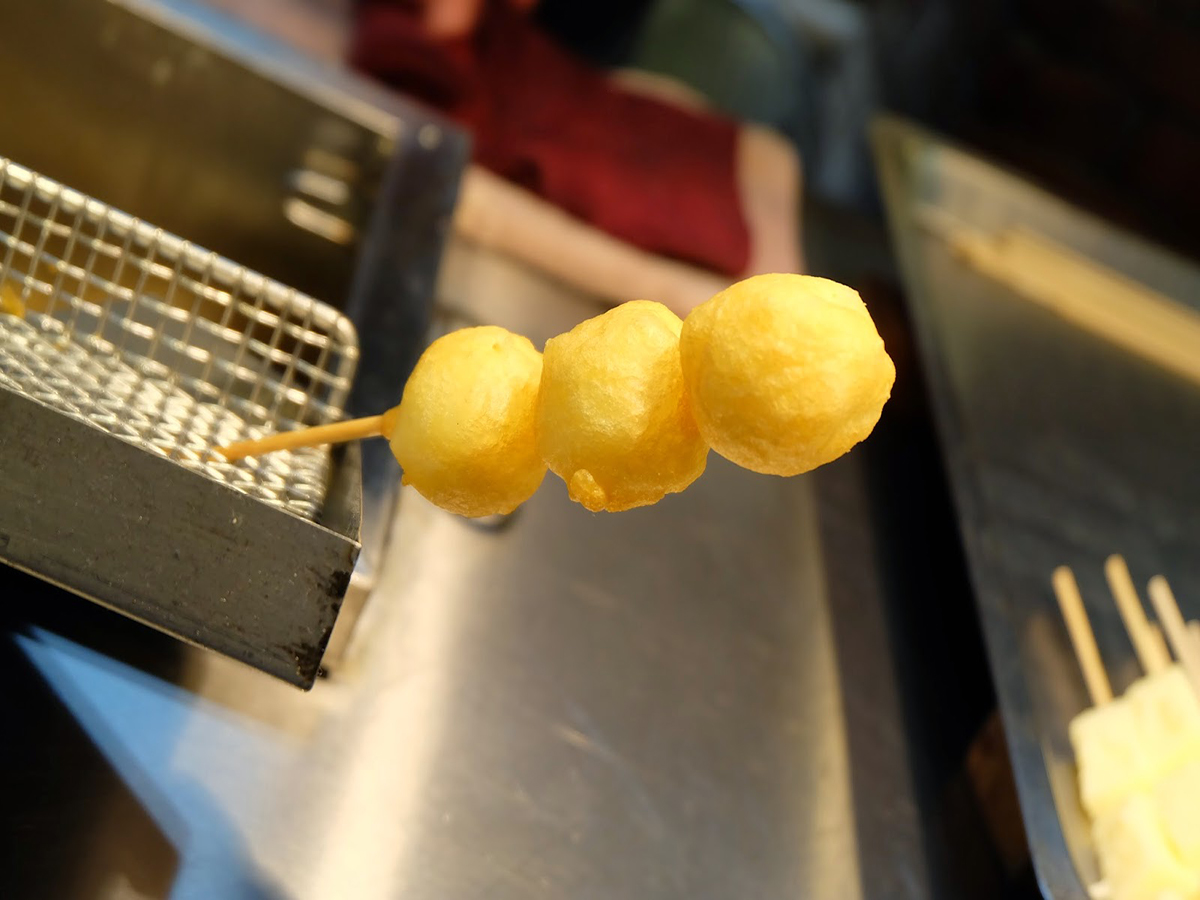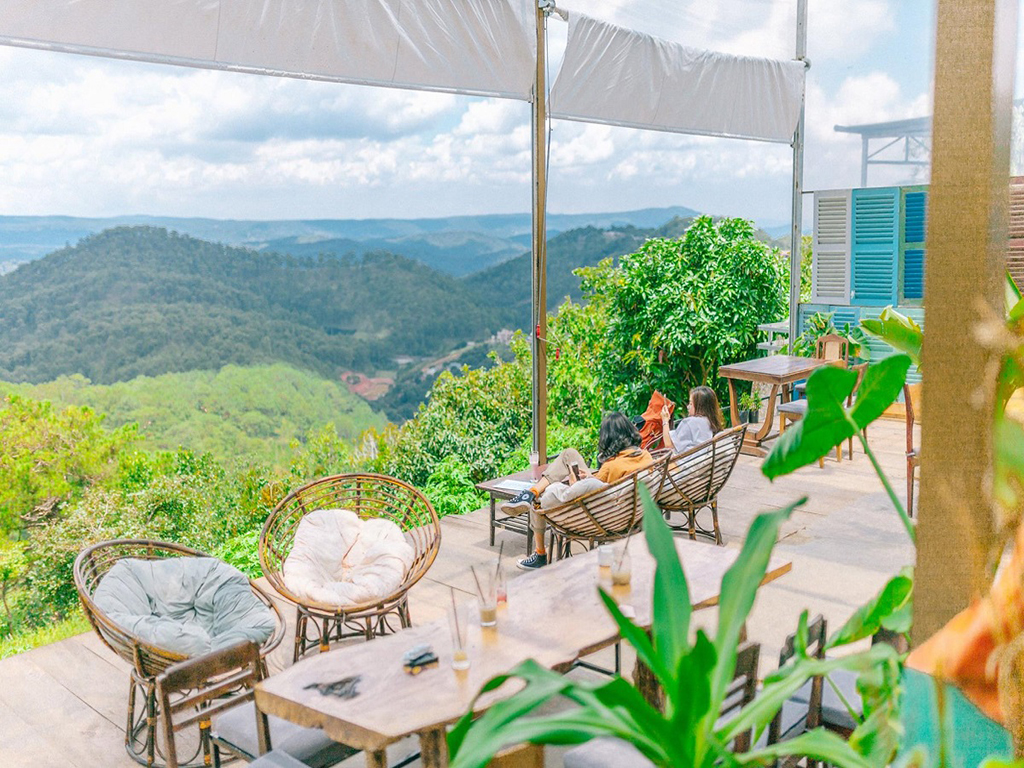Things to eat in Ho Chi Minh City
Saigon can satisfy all your needs for food, from street food to high-end dining. Top Vietnamese food that you should try in Saigon.
1. Bánh mì (banh mi)
There are many different varieties of banh mi but the basic sandwich starts with a crusty baguette that’s sliced in half and stuffed with layers of pork, luncheon meats, shredded cured pork skin, pâté, mayonnaise, Vietnamese radish and carrot pickles, a handful of sliced cucumbers, sprigs of coriander (cilantro), and last but not least, an optional, yet in my opinion necessary, scoop of fresh pounded chilies.
2. Ốp la (op la)
Banh mi op la makes a favorite breakfast for many locals in Saigon, and it most definitely hits the spot before a long day exploring the city.
3. Phở (pho)
Pho in Saigon is also served with a plate of fresh herbs, typically including bean sprout, mint, and Vietnamese coriander.
4. Bun - Rice vermicelli soup
The soup calls for crab paste made from paddy crabs, which give the broth its main flavor, along with stewed tomatoes, that contribute a slightly tart and natural sweetness to the dish.
The complex mixture of ingredients and flavors in the broth, paired with rice vermicelli noodles, pieces of meat and crab paste, a beautiful selection of condiments like shrimp paste, chilies, and limes, and finally a pile of both blanched and raw vegetables, is what makes the dish so delicious.
Bun mam is typically a southern Vietnamese dish. The base of any bowl of bun mam (bún mắm) is a dark colored broth prepared with fermented fish sauce. The fermented fish sauce gives the soup broth a well rounded, balanced flavor, and it’s honestly not nearly as fishy as it might sound or smell.
Along with the broth, bun, or rice vermicelli noodles, are loaded into the bottom of the bowl, before the entire assortment of meats like squid, prawns, and pork are all scattered on top of the noodles.
Finally, a slice or two of eggplant, which soaks up all the broth, is another essential component of a bowl of southern Vietnamese bun mam.
In addition to the glorious fish flavor, the broth of a bowl of bun mam is usually sweetened with tamarind juice and sugar.
5. Hủ tiếu Nam Vang (Hu tieu Nam Vang)
6. Bún thịt nướng (bun thit nuong)
If you get the bun thit nuong cha gio, in addition to everything already mentioned, you’ll also get a fried spring or two chopped up on top, which bumps the delicious-meter up another notch.
The noodles are soft and silky, the pork is tender, salty, and sweet, and the egg rolls (cha gio) add a beautiful crunch to everything.
Bun thit nuong is a dish you should for sure not miss when you’re eating in Saigon.
7. Bánh xèo (banh xeo)
A thin layer of batter is fried in a lot of oil, then combined with your choice of ingredients, often including slices of pork belly, shrimp, and onions, then folded over with a handful of lightly cooked bean sprouts in the middle.
You can really eat banh xeo however you want, but the common method is to take a few leaves of lettuce or mustard leaves, load in a piece of the golden crispy crepe, top it with some more herbs like sweet basil and perilla leaves, add some chili (or a lot of it), roll it up like a green spring roll, and then dip the entire treat into the sweet Vietnamese fish sauce dressing.
8. Gỏi cuốn & chả giò
Finally, Vietnamese summer rolls are often served with a nutty hoisin dipping sauce and accompanied by freshly ground chili.
Cha gio, are completely different taste-wise than their goi cuon counterparts, and they share few characteristics other than their egg roll shape and the fact that they’re often sold side by side at many restaurants and street food stalls.
Cha gio are Vietnamese deep fried spring rolls, a combination of mung bean noodles, minced pork, and sometimes crab if you can find them, mixed with a subtle blend of salty spices, wrapped in rice paper, and then deep fried to a crisp.
9. Cơm tấm sườn nướng (com tam suon)
Com tam suon nuong is available all over in Saigon, especially at small street food stalls and markets throughout the city.
10. Ốc (snail)
When you go to a quan oc, or a snail restaurant, there are typically dozens of different snails to choose from, as well as other shells like blood cockles, clams, and often shrimp and crab as well.
The seafood selection of the day is normally proudly displayed at the front of the food stall or restaurant, and you proceed to choose whatever looks good to you.
After you choose the type of raw snails you’d like to eat, then choose a method for it to be cooked – like grilled, sautéed, coated in salt and chili, steamed, curried, and so on – I think there are often about 5 – 6 different cooking methods.
Ordering can get a little confusing, but just keep in mind that even though you might not have a clue what you’re about to get on your dinner table, that’s part of the fun.
Shells are usually prepared on small plates, a bunch of different types of snail are all ordered, each cooked in a different method. Eating oc with family, friends, or co-workers, and enjoying a couple beers, is a favorite Saigon way to socialize.
11. Coffee Trung Nguyen
The cafes are very modern and nicely fit out, and free WiFi is available (I was surprised at the extent to which free WiFi is available in cafes in HCMC). Menus are in English and most of the staff speak basic English.
There are a variety of options available, but I always went for the traditional Vietnamese coffee.
When your coffee arrives, it has just begun the process of filtering. The ground beans are in the bottom compartment of the silver filter, with filter holes above, for the hot water to drip through, and filter holes below, for the coffee to drip into the cup.
A few minutes later, the filtration process is complete. If you asked for your coffee with condensed milk, it is put into the coffee cup at the start.
Next, you pour the coffee into your cup of ice, then stir and enjoy.
Traditional Vietnamese coffee is a very tasty, refreshing way of drinking coffee and I was hooked on it during my time in Vietnam. You can choose whether you want condensed milk or not, and whether you want it hot or cold.
Source Vietnamstay

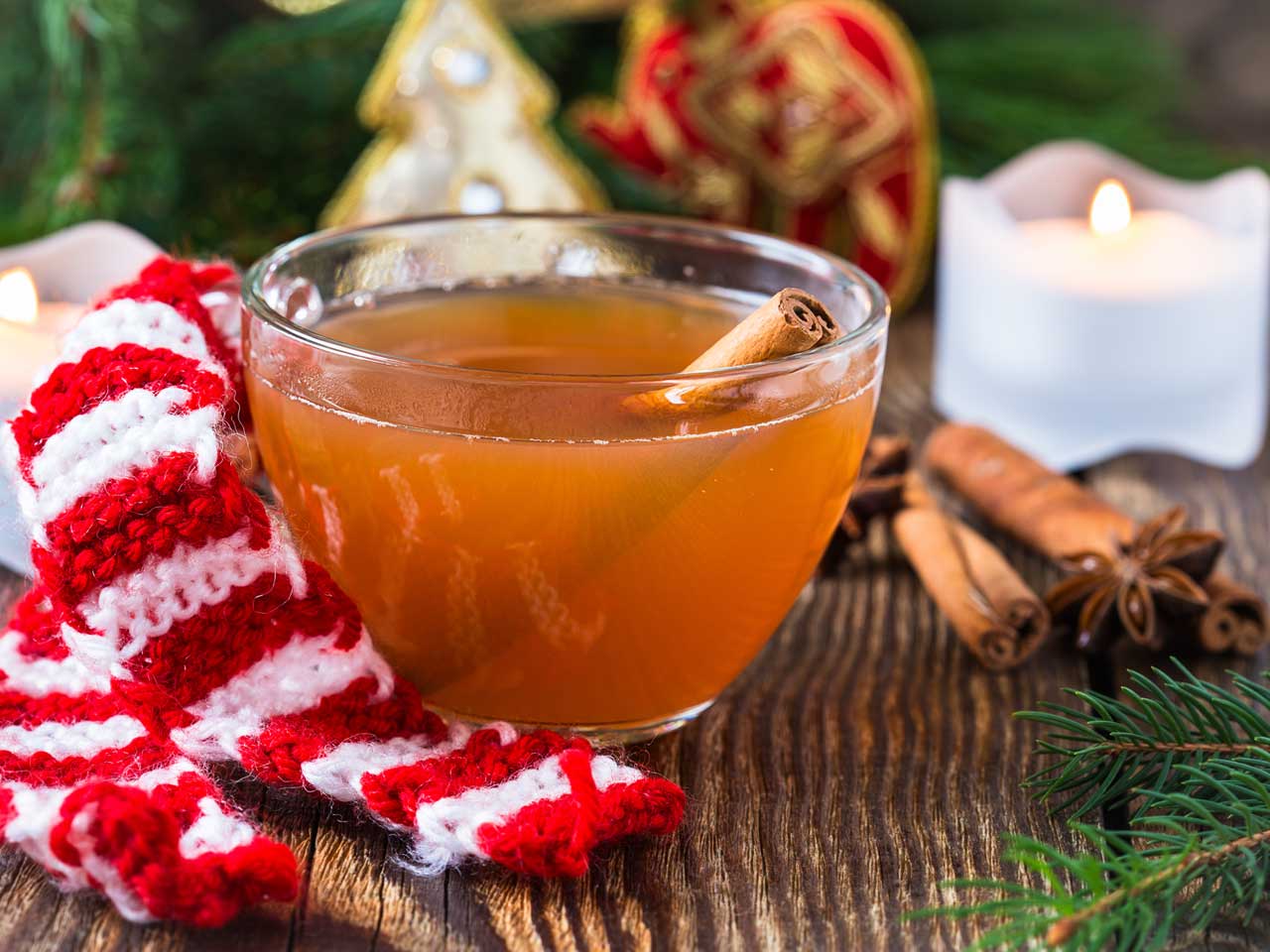
The best Christmas drinks from around the world
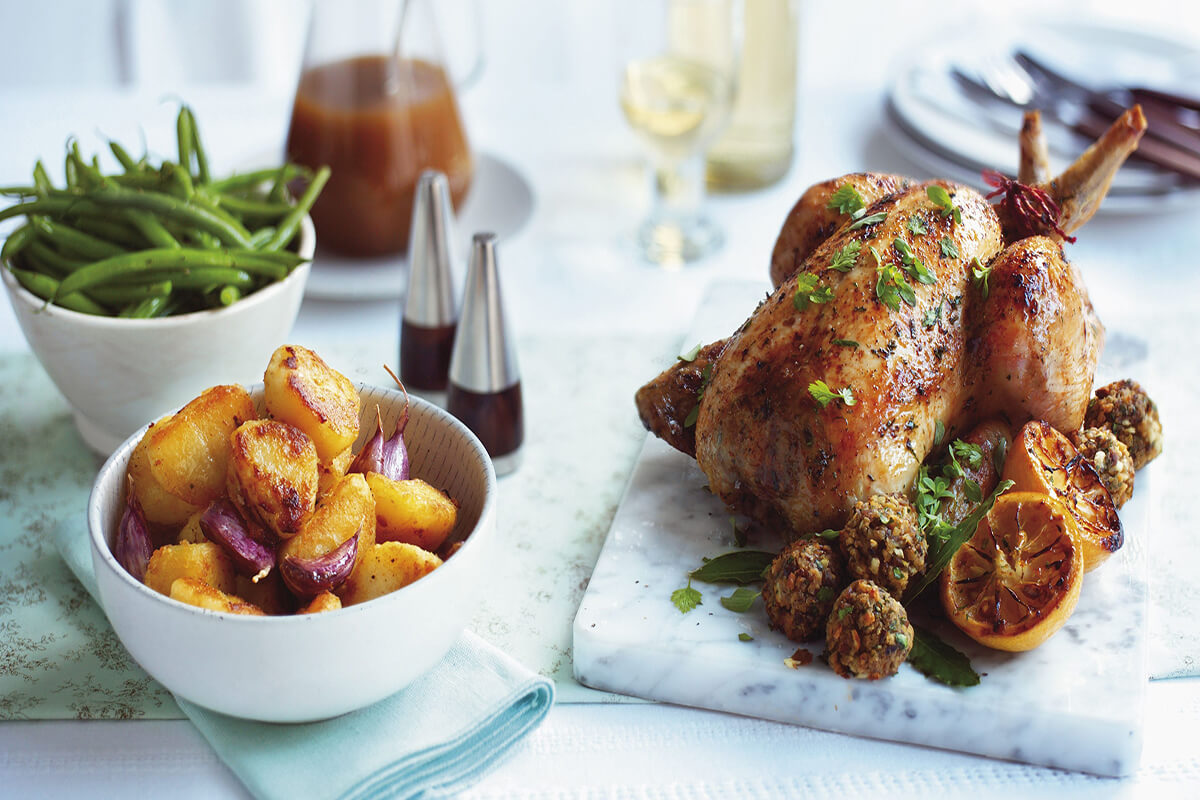
Traditional Christmas dishes from around the world
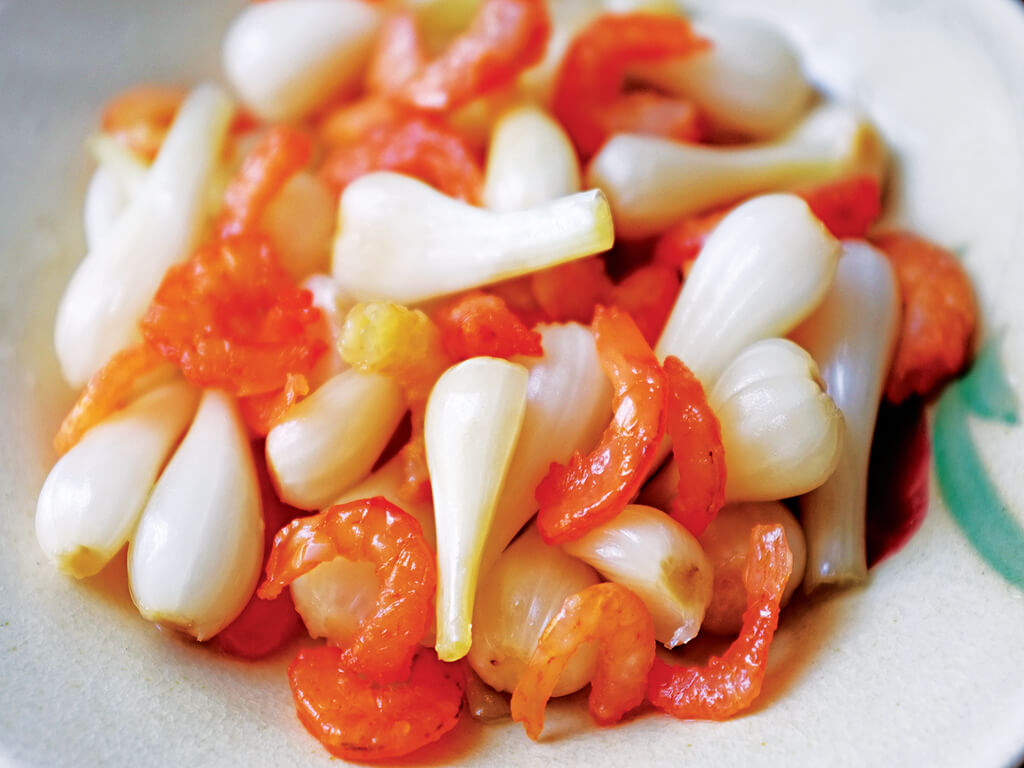
10 traditional Vietnamese Tết Dishes
The best restaurants in Chiang Mai
Chiang Mai is famous for the good Northern Thai cuisine that is different from what you see in Bangk ...
Top five foods to try in Turkey
Turkish food can be found in most major cities and has become an increasingly popular type of cuisin ...
Dining in paradise: The Maldives' finest tables
Set in the impossibly turquoise blue waters of the Indian Ocean, the islands of the Maldives have be ...
10 best desserts to try in Hong Kong
Desserts are serious business in Hong Kong – so much so that there are shops devoted entirely to des ...
7 foods to eat in Shilin Night Market, Taiwan
Taiwan is known for its street foods and snacks, definitely the one of the favourite stops of foodie ...
Where to drink in Da Lat
Da Lat does not offer the same buzzing drinking and nightlife opportunities as a metropolis like Sai ...







